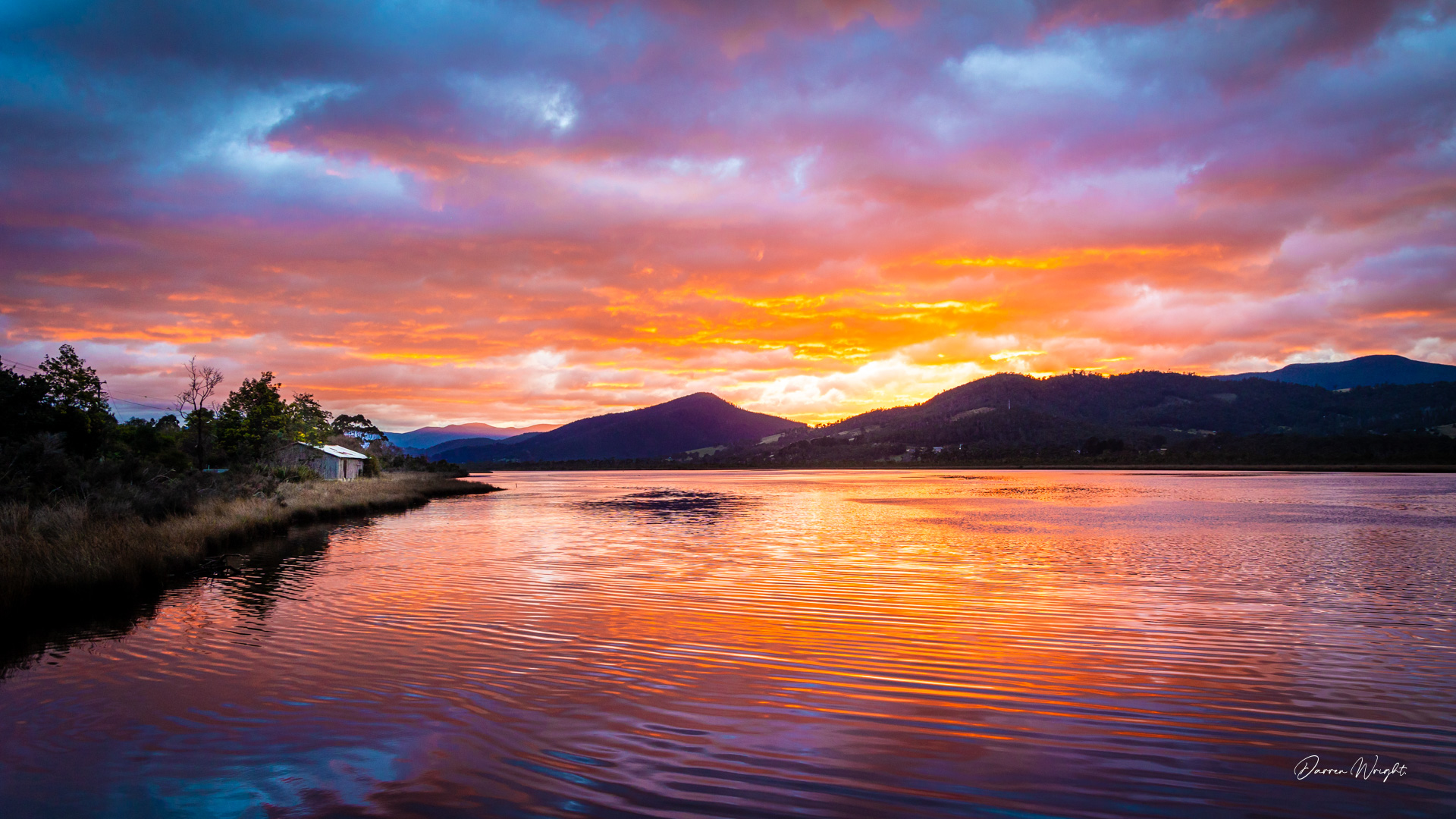As a beginner or intermediate photographer, it’s easy to rely on the convenience of automatic settings on your camera. But, if you want to take your photography to the next level and have complete creative control over your images, it’s essential to master the manual exposure triangle.
Perfectly Exposed Photography
The manual exposure triangle consists of three elements: aperture, shutter speed, and ISO. Understanding how these three elements work together is crucial to achieving the perfect exposure in your photographs. Let’s take a closer look at each element and how they affect your images.
Aperture: The aperture is the opening in the lens that controls how much light enters the camera. It’s measured in f-stops, with a lower number indicating a wider aperture and more light entering the camera. A wider aperture also creates a shallow depth of field, meaning that the subject is in sharp focus, while the background is blurred. A higher f-stop, on the other hand, creates a deeper depth of field, where both the subject and background are in focus.
Shutter Speed: The shutter speed is the amount of time the camera’s shutter remains open to allow light into the camera. It’s measured in seconds or fractions of seconds, and the faster the shutter speed, the less light that enters the camera. A fast shutter speed is ideal for freezing motion, while a slower shutter speed can create a sense of motion blur in your images.
ISO: The ISO controls the camera’s sensitivity to light. The lower the ISO number, the less sensitive the camera is to light, while a higher ISO number makes the camera more sensitive to light. However, a higher ISO can introduce digital noise or graininess in your images, which can reduce the overall quality of your shots.
Now that we’ve covered the three elements of the exposure triangle, let’s talk about how to use them together to achieve the perfect exposure.
To get started, set your aperture first, depending on the depth of field you want to create. Next, set your shutter speed based on the amount of motion you want to capture in your shot. Finally, adjust your ISO to balance the exposure and ensure that your image isn’t too dark or too bright.
One essential tip for mastering the manual exposure triangle is to experiment with different settings and practice, practice, practice. Don’t be afraid to try different combinations of aperture, shutter speed, and ISO to see how they affect your images. Over time, you’ll develop an intuition for which settings work best in different lighting conditions and shooting scenarios.
In conclusion, getting off auto and mastering the manual exposure triangle is essential for taking your photography to the next level. By understanding the interplay between aperture, shutter speed, and ISO, you’ll have complete creative control over your images and can capture stunning photographs that truly stand out. So, get out there, practice, and have fun exploring the possibilities of manual mode!


